
OEO: STARTing points
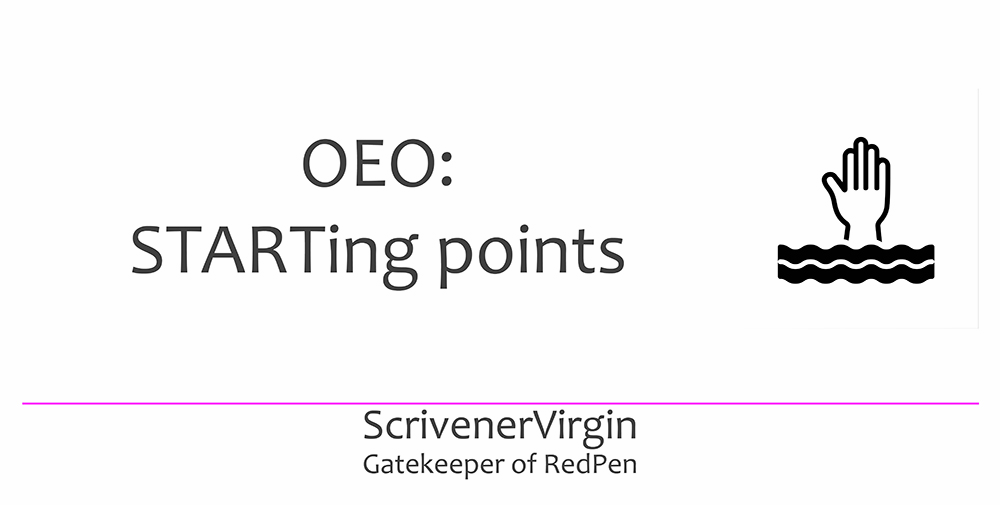 OEO = overcoming editing overwhelm
OEO = overcoming editing overwhelm
The best way of ‘overcoming’ editing overwhelm? While prevention is better than cure, we may need both preventative tactics and cure tactics. So, in this post and the next, I offer two strategies:
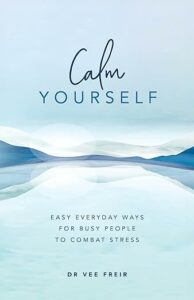 The first strategy is adapted from steps 1-3 of my RedPen Editing cycle as explained in my book: Editing the RedPen Way.
The first strategy is adapted from steps 1-3 of my RedPen Editing cycle as explained in my book: Editing the RedPen Way.- The second strategy, in the next post, will be based on Vee Freir’s START method as explained in her excellent book: Calm Yourself.
If you’ve not yet read these two books, I recommend you do. Mine costs £2.99 to download; Vee’s is only £0.99. Both are free to read if you are on Kindle Unlimited. Or you can buy Vee’s as a paperback for £9.99.
Editing the RedPen Way
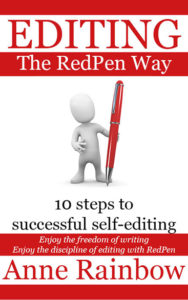 My book Editing the RedPen Way: 10 steps to successful self-editing was written and published in 2015 and my express desire was to share my self-editing strategy so that you, the reader, could adopt efficient methods which would result in a clean manuscript, ready to share with others for feedback and eventual publication.
My book Editing the RedPen Way: 10 steps to successful self-editing was written and published in 2015 and my express desire was to share my self-editing strategy so that you, the reader, could adopt efficient methods which would result in a clean manuscript, ready to share with others for feedback and eventual publication.
Today, because adopting the right mindset can sidestep editing overwhelm before it has a chance to hit you, I’m focusing on steps 1-3 which serve to prepare the writer for editing.
Step 1: Turn off the creativity tap
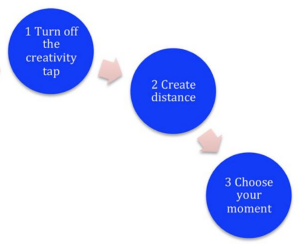 Editing requires completely different skills, a different way of thinking, from writing.
Editing requires completely different skills, a different way of thinking, from writing.
In the first episode of my radio show Artists on Air, my guest, Christine Cooke (writer, poet, …), and I discussed how there are two sides to our brain – the logical brain and the artistic brain – and we agreed that Christine is mostly ‘artistic’ while I lean heavily towards ‘logical’.
But each of us has a mix of the two.
- When we write, that artistic side needs to come to the fore.
- When editing, though, we need the logical streak.
Swapping between the two requires conscious effort … and I call that ‘turning off the creativity tap’. In my book, Steps 2 (Create distance) and 3 (Choose your moment) then offer ways of achieving this change in mindset.
The net result of steps 1-3 is that ‘putting on a different hat’ helps writers/editors to think differently. My Editing the RedPen Way then goes on to explain strategies which should help you to manage editing in a painless way … but more on that in later posts in this series.
How many hats?
The assumption that there are only two hats – the writer’s hat and the editor’s hat – is an over simplification.
Indeed, I would go so far as to suggest you might consider imaging yourself (the writer) as comprising 12 ‘characters’, only one of whom can function to his/her fullest potential if all the others back off …
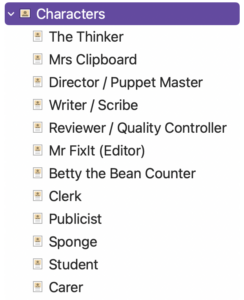
It’s a team effort, novel writing, and the team works best if everyone knows what they should be doing and they co-operate with each other. It’s also important to recognise that multi-tasking (wearing more than one hat at a time) is counter productive.
Where does Scrivener fit in?
Scrivener has a section in the Binder where you can set up a character sketch for each of the characters in your novel. I wrote a blog post way back (8 years ago!) which explains more.
I’ve spent a short while brainstorming the 12 sides of me that exist within my head and created a character sketch for each one.
I then went on to set up a ‘job specification’ for each of these 12 characters in much the same way as I’d normally set up the character sketches for a novel. There’s a hierarchy; leaders and followers, main characters and supporting cast. I’ve even given some of them names.
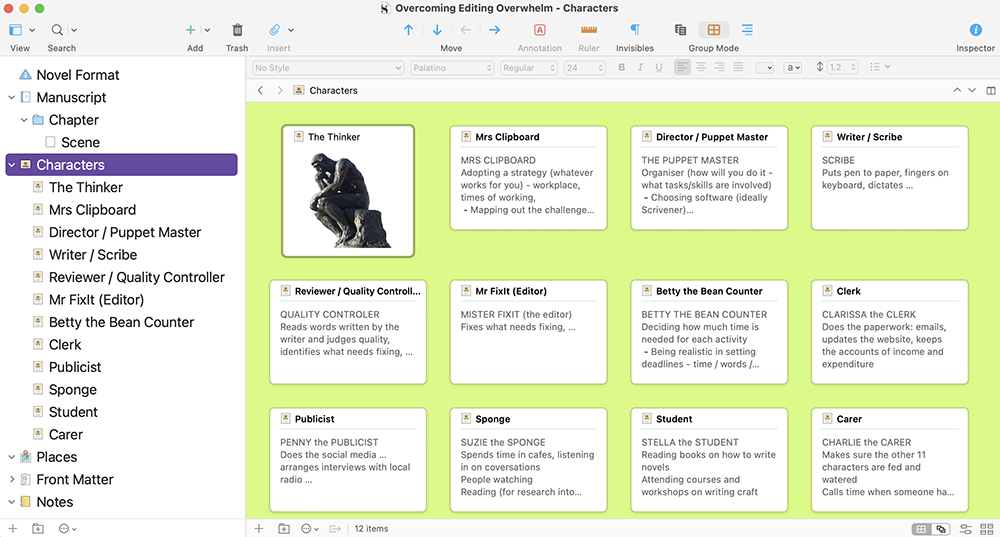
Now, you might be thinking, what’s this got to do with overcoming editing overwhelm?
My RedPen Editing cycle, in steps 1 to 3, suggests you remove your writer’s hat before you start editing. As an extension to that idea, I recommend you identify more than two hats and then aim to wear just one of your hats at any one time. That way, while you are ‘working’, whatever you are working on, you’ll enjoy greater clarity of purpose, and a better grasp of the scope of what you are trying to achieve.
For me – I have the twelve hats to wear. Twelve roles to juggle. Maybe, twelve opportunities for overwhelm …
(Did you know, Scrivener can be used to write plays. See this post.)
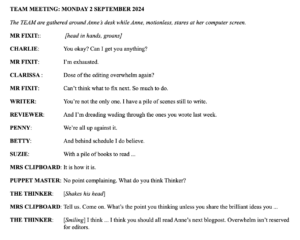
PS If you are already experiencing feelings of stress at the thought of donning your editor’s hat (or any other hat!), follow Vee Freir’s advice as explained in my next post.
Questions about Scrivener?
Need a helping hand? Want a demo?
Book a Simply Scrivener Special session at a time to suit you.
And, if you need a steer on self-editing,
check out my RedPen Editing courses.
Join RedPen Editing for a free 5-day editing taster course.
Did you notice?
No adverts.
An uninterrupted read.
To thank me for posting this blog
and helping you, you could always
buy me a virtual cup of coffee!
The ScrivenerVirgin blog is a journey of discovery
To subscribe to this blog, a step-by-step exploration
of how Scrivener can change how a writer writes, click here.
Also … check out the Scrivener Tips
on my ScrivenerVirgin Facebook page.
Not yet using Scrivener?
Click here to download your free trial.




No Comments